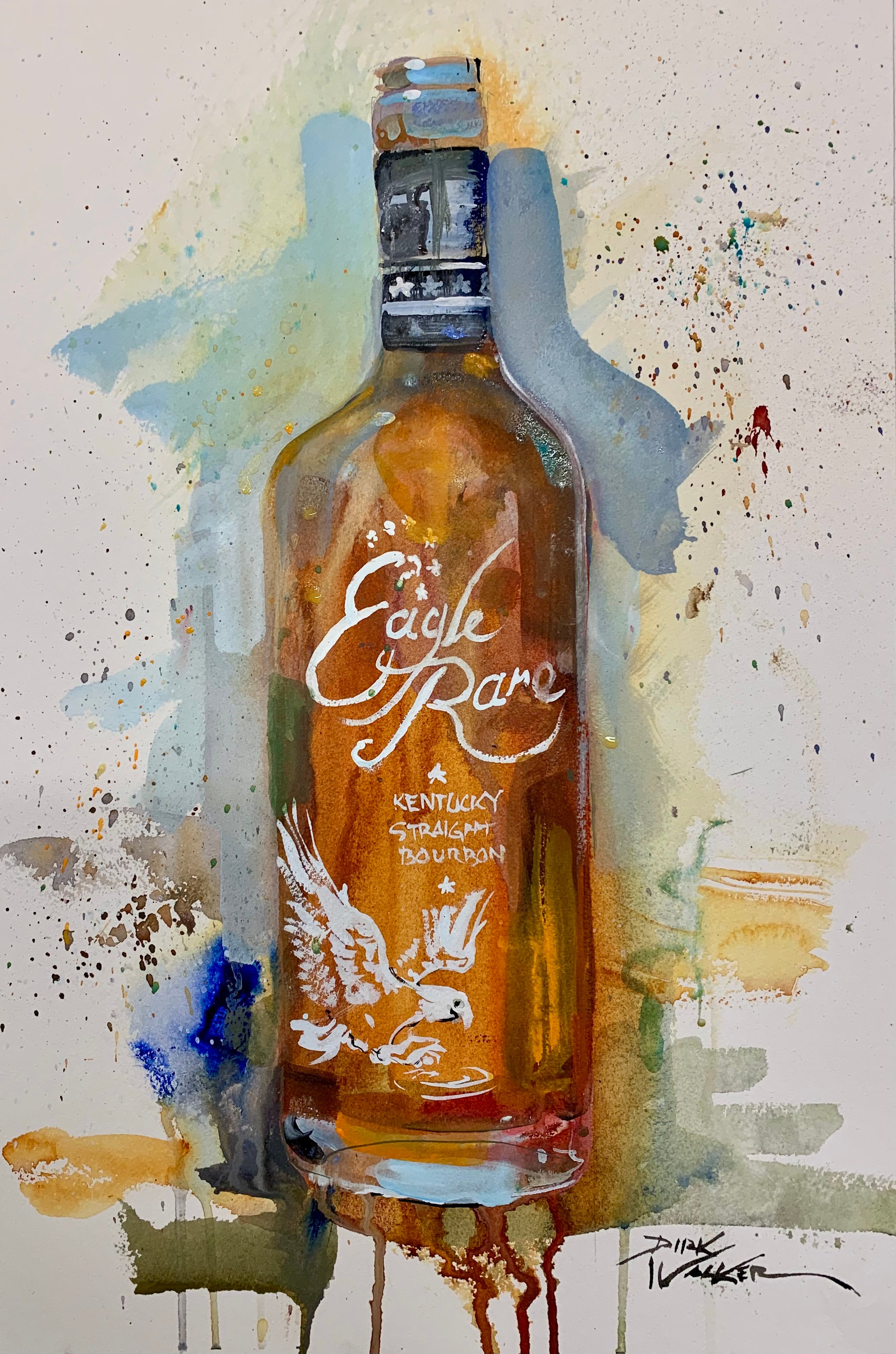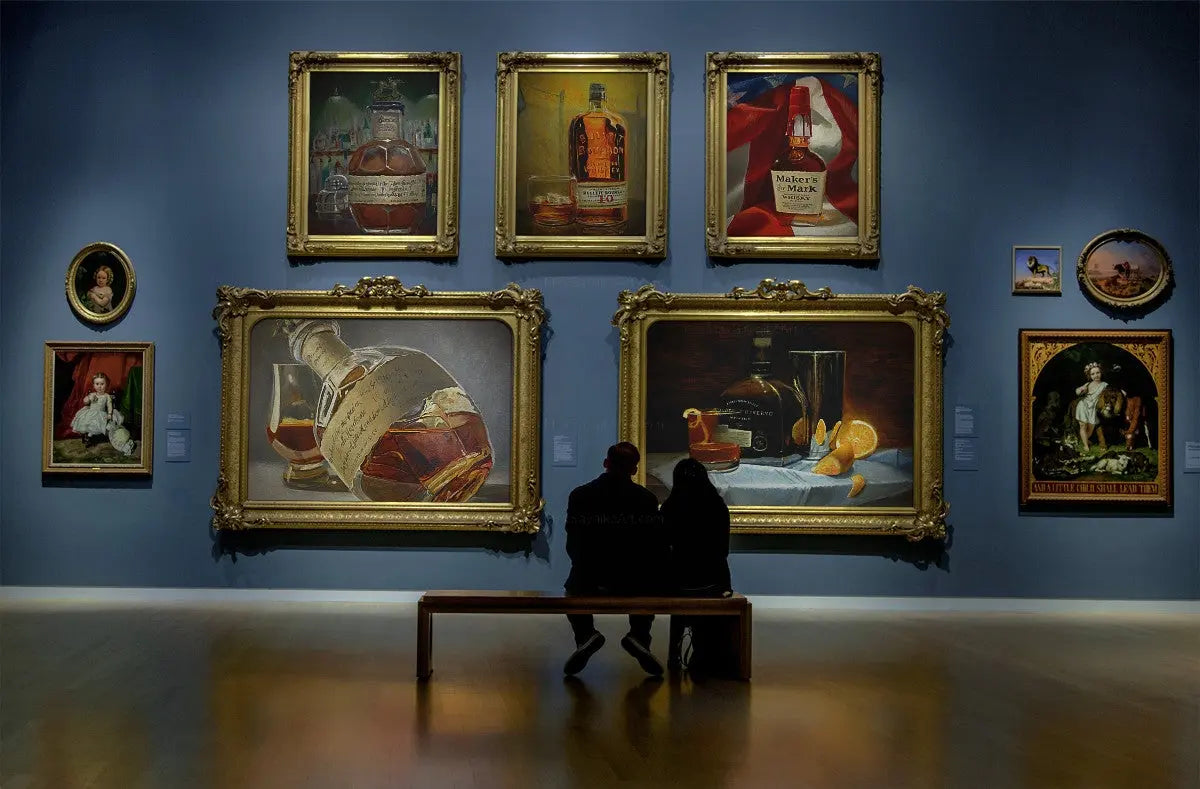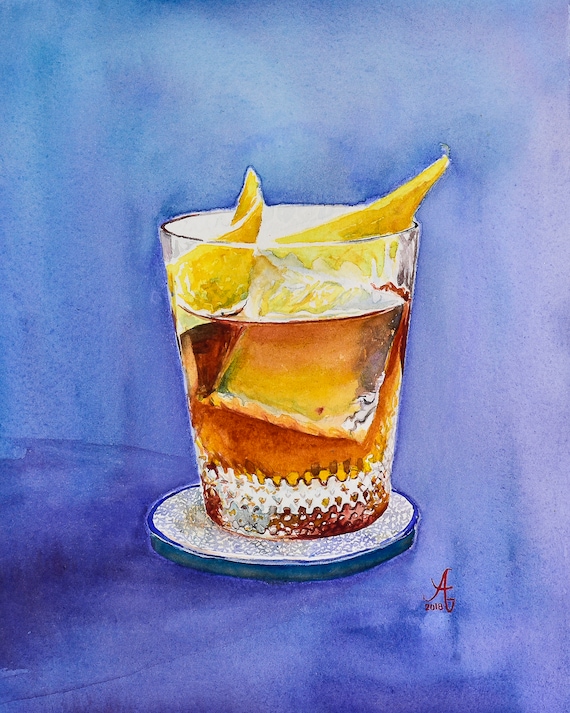Whiskey Art: Catching the Significance of Distillation in Every Brushstroke
Whiskey Art: Catching the Significance of Distillation in Every Brushstroke
Blog Article
Capturing the Significance of Scotch Art Via Special Aesthetic Depictions and Styles
The art of scotch prolongs past the fluid itself, showing up via a variety of aesthetic representations that envelop its fabled heritage and workmanship. What continues to be to be uncovered is how these advancing designs mirror not just the scotch itself however likewise the transforming landscape of creative analysis. Limited Edition.
The History of Scotch Art

As scotch manufacturing spread, so too did the wish to raise its experience via art. From the detailed inscriptions on early casks to the sophisticated tags of modern bottles, each component reflects an unique creative vision, functioning as a visual narrative of the whiskey's heritage.
In the 19th and 18th centuries, the surge of the industrial revolution even more enhanced bourbon art, leading to cutting-edge packaging and advertising and marketing that caught customer focus. Developers and musicians began try out aesthetics, imbuing whiskey-related imagery with symbolic significances that conveyed notions of workmanship, custom, and community.
Today, scotch art continues to advance, mixing conventional methods with contemporary art types. Bourbon Art. This ongoing dialogue between the spirit and its aesthetic depiction highlights the long-lasting bond between scotch and culture, enhancing the total experience for enthusiasts worldwide
Iconic Container Designs
While several elements add to the appeal of bourbon, famous bottle layouts play a crucial duty fit customer understanding and boosting the total experience. The aesthetic presentation of whiskey containers is not simply an aesthetic factor to consider; it acts as a bridge between the product and the consumer, stimulating emotions and establishing expectations.
Distinctive forms, materials, and closures can boost a whiskey brand name's identification, making it quickly recognizable on jampacked racks. The classic Glenfiddich bottle, with its classy conical silhouette, conveys a feeling of tradition and craftsmanship, while the vibrant, contemporary design of the Balvenie container reflects innovation and sophistication. The usage of tinted glass or unique appearances can recommend the high quality and personality of the scotch within.
Famous styles usually incorporate components of social heritage, signifying the brand name's background and link to its roots. Brand Names like Jack Daniel's use a straightforward, robust layout that resonates with its American scotch heritage. Ultimately, the influence of container style extends beyond plain performance; it encapsulates the essence of the brand name, inviting consumers to delight and discover in the rich tapestry of scotch society.
Label Art Work and Branding
Container layouts often establish the phase of what consumers can anticipate, however tag artwork and branding play a just as considerable role in interacting a bourbon's identity. The tag acts as the initial point of call in between the consumer and the item, encapsulating the essence of the scotch within its aesthetic elements.
Efficient tag artwork combines typography, imagery, and shade to develop a narrative that resonates with the brand's heritage and target market. A tag featuring elaborate images and vintage font styles might evoke a feeling of tradition and workmanship, appealing to aficionados. In contrast, strong shades and modern design aspects may bring in a younger market looking for development and exhilaration.


Digital Photography and Visual Storytelling
Catching the significance of whiskey through digital photography and aesthetic narration is an art form that raises the brand investigate this site name experience. This medium transcends simple item depiction, diving into the elaborate narratives that surround each bottle. By using engaging images, professional photographers can stimulate emotions that reverberate with consumers, eventually creating a deeper connection to the bourbon brand name.
Aesthetic narration in scotch photography usually uses rich structures, lights, and structure to highlight the distinct attributes of the spirit. The interaction of light and shadow can highlight the brownish-yellow colors of bourbon, while the choice of history elements-- such as rustic barrels or elegant glassware-- can enhance the brand name's heritage or lifestyle associations.
Moreover, capturing the ceremonial facets of bourbon intake, from the pouring to the tasting, invites viewers into a sensory experience, enabling them to picture the flavors and aromas that await. Each photograph not Continue just showcases the item yet also informs a story of workmanship, custom, and the moments that whiskey can enhance - Limited Edition. Thus, photography ends up being a powerful device in expressing the identity of bourbon brands, placing them within the wider social landscape
Arising Patterns in Scotch Art
The development of bourbon art is progressively shaped by modern trends that reflect broader societal shifts and customer choices. One noticeable trend is the integration of sustainability into art methods. Artists are currently making use of green procedures and recycled products to develop whiskey-themed pieces, reverberating with environmentally mindful consumers. This change not just highlights the relevance of sustainability but additionally enhances the narrative bordering whiskey manufacturing.
Furthermore, electronic art has Discover More Here actually risen in appeal, enabling ingenious representations of whiskey. Musicians are leveraging innovation to craft immersive experiences, such as augmented reality installments that engage viewers and give a much deeper understanding of whiskey's social significance. This fad additionally prolongs to social media sites systems, where visually striking web content garners attention and promotes community among enthusiasts.
In addition, partnerships between scotch brands and musicians are becoming extra widespread. These collaborations generate limited-edition packaging layouts and exclusive art work that commemorate both the craftsmanship of whiskey and the creativity of musicians. As scotch art remains to evolve, these emerging trends will most certainly shape its future, cultivating a vibrant intersection of society, sustainability, and technology within the scotch neighborhood.
Final Thought
In verdict, the art of scotch includes a diverse array of aesthetic representations that reflect its abundant heritage and workmanship. From iconic bottle layouts and intricate tag art work to compelling photography, each aspect adds to a wider narrative that boosts the consumer's experience. As arising trends, such as electronic art and sustainability, continue to form this imaginative landscape, the complex identification of whiskey stays an enduring resource of cultural link and exploration.

In conclusion, the art of bourbon includes a varied array of visual depictions that reflect its abundant heritage and workmanship.
Report this page